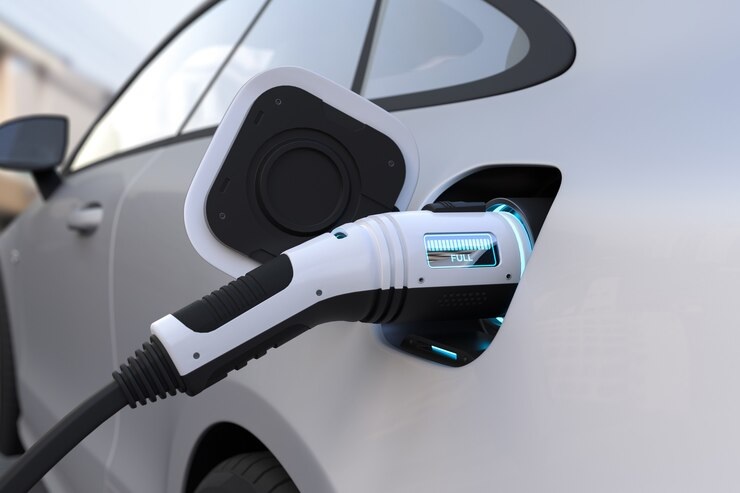
The global market for rheumatoid arthritis treatments is expected to grow at a CAGR of...
Learn More
Our consulting solutions address company specific challenges with respect to micro environment...
Learn More
Organizations frequently need day-today research guidancein order to gain strategic...
Learn More
Exploring different areas of market research and market analysis is a key factor...
Learn MoreAcute Market Reports presents the most extensive global business research services across industries. Our research studies focus on potential outcomes, benefits, and risks associated with each market segment across geographies. Having served our global clients for more than 10 years, our prime priority is to enable our clients in making well-informed business decisions through a data-driven, analytical, and uncomplicated research approach.
We provide access to the world's most comprehensive, analytical, and updated business intelligence services and solutions.




The panty liner market is expected to grow at CAGR of 5.1% during the forecast period of 2025 to 2033. The panty liner market, a vital segment of the feminine hygiene industry, is integral to women's everyday comfort and confidence.Panty liners, ofte...
Read More
The electric vehicle (EV) charging connector market is expected to grow at a CAGR of 18.7% during the forecast period of 2025 to 2033, due to the surge in electric vehicle adoption globally. EV charging connectors are essential components for chargin...
Read More
The bridal gowns market stands as an integral part of the wedding industry, reflecting evolving fashion trends and individual preferences. The bridal gowns market is expected to grow at a CAGR of 7.5% during the forecast period of 2025 to 2033, influ...
Read More




